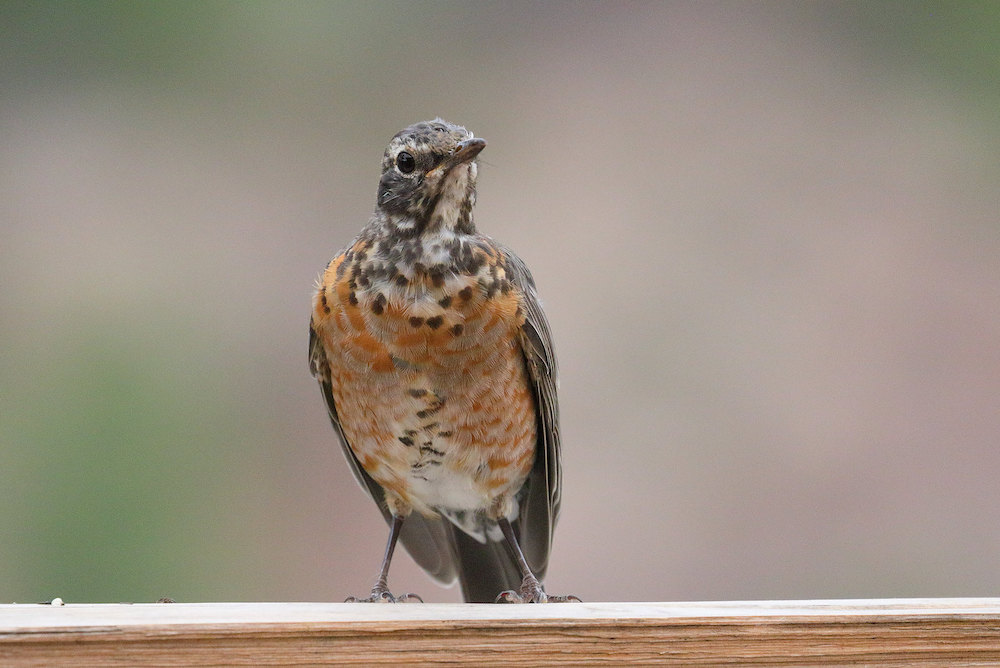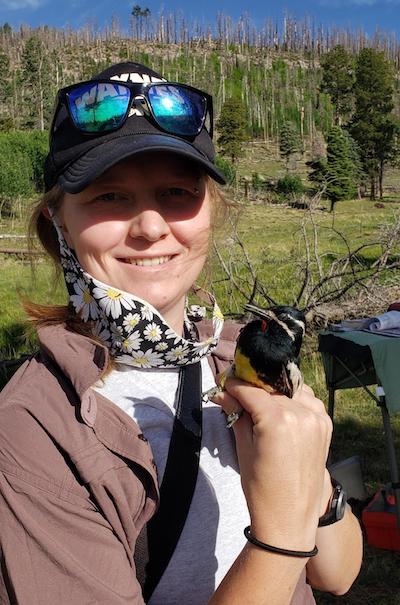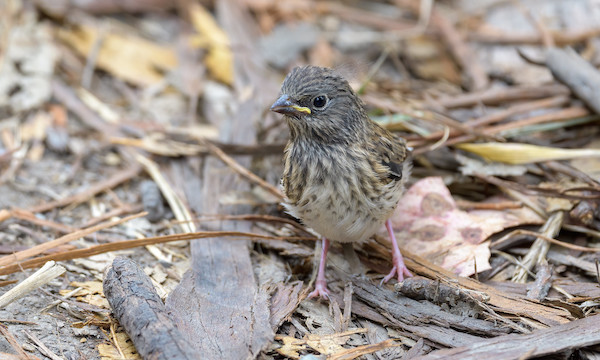
By Zoë Moffett, Bird Banding Intern, Bandelier National Monument
Introducing Zoë Moffett, Bird Banding Intern at Bandelier National Monument!

Zoë Moffett grew up in the forests of Connecticut, before moving to Colorado where she got her B.A. in organismal biology and ecology from Colorado College. She considers herself to be an ecologist as she has a love for everything flora and fauna.
Her field work has ranged from studying alpine flowers and bumblebees to collecting native seeds for restoration projects across the state of Nevada. However her favorite position was as a member of a research team studying flammulated owls in Pikes Peak National Forest.
As an avid hiker/backpacker, she completed the Colorado Trail (~ 500 miles) in the summer of 2019. This summer, she is very excited to be a part of Bandelier National Monument’s bird banding team!
Springtime is coming to an end, and if you have been enjoying the outdoors these past couple of months, you may have heard and seen the excited activity of the birds that have arrived to nest and breed. This means that in the upcoming weeks, you can expect to see a new generation of songbirds exploring your forests, meadows, and canyons for the first time. But how can you identify these fresh, dewy-eyed babies? How can you tell them apart from their parents?
Let’s start at the beginning! When eggs are ready to hatch, they break open to reveal the hatchlings within. Depending on the species, these hatchlings may be naked or they may already have a fair amount of downy feathers. In precocious species that nest on open ground habitat, such as many ducks or quail, the hatchlings will walk away from the nest within the first day of hatching!

Most birds, however, will stay in the nest for a few weeks. These are called nestlings. Once ready, they will leave their nest with predictable levels of grace; these are called fledglings or juveniles. If you come upon a ruffled, confused looking bird who is sitting in a tree and not attempting to fly away, it may be a newly fledged bird. You might be tempted to assist this seemingly helpless bird, but the parent is most likely nearby and is well aware of its young. Your interference is more likely to harm — not help — the fledgling, but you should lead your dog or cat away from this easy snack!
When it comes to our songbirds, some species’ juveniles can look like drab versions of mom or dad, while other juveniles can look utterly different from their parents (like Dark-eyed Juncos).
There are a couple of reasons why it is advantageous for juveniles to be so drab and mottled:
- It is energetically quite expensive to grow colorful plumage, and they need to use that energy for other things.
- More drab and bland colors will allow them to blend in better with their surroundings, helping them to avoid predators.

You may also be able to identify fledglings by their behavior. These young birds are often awkward fliers, and they may simply sit for a while on a branch. If you are struggling to identify a bird that you believe to be a juvenile, try waiting to see if an adult parent drops by to check on it. Hopefully, you will then be able to see some familial resemblance!
Raptors, such as owls and hawks, may be easier to identify as species in their juvenile plumage. Many hawks and falcons look like mottled/spotted versions of their parents, usually lacking some of the key identifiers that you rely on for identification. For example, the juvenile of the common Red-tailed Hawk is fairly drab and mottled, but most importantly, it lacks the bright red tail of its parents. Owls are very easy to identify as fledglings, as they are often very fluffy and lack much of the detailed coloration of their parents.
If you find the prospect of identifying local juvenile birds daunting, you are not alone. Nonetheless, this time of year is great for simply observing the behaviors of both parents and offspring as they go about their summer activities. Come fall, many of these juvenile birds will begin to molt out some of their juvenile feathers for more recognizable adult feathers. So make sure to get outside and enjoy these colorful, noisy neighbors and their kids before they pack up to migrate in the fall!

Thank you for sharing! Very educational.
We had a robin’s near in the lattice of our outdoor shower so well disguised that it was not until they hatched and started peeping that we knew what was happening! The parents were very nervous when we took showers but through mutual cooperation we all got through it! I surprised one fledgling who was so frozen in terror that I just had to leave. Thank you for this informative and timely article.